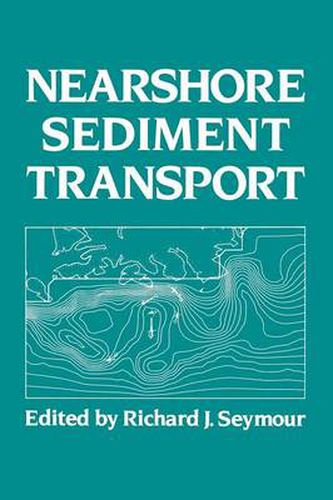Readings Newsletter
Become a Readings Member to make your shopping experience even easier.
Sign in or sign up for free!
You’re not far away from qualifying for FREE standard shipping within Australia
You’ve qualified for FREE standard shipping within Australia
The cart is loading…






This title is printed to order. This book may have been self-published. If so, we cannot guarantee the quality of the content. In the main most books will have gone through the editing process however some may not. We therefore suggest that you be aware of this before ordering this book. If in doubt check either the author or publisher’s details as we are unable to accept any returns unless they are faulty. Please contact us if you have any questions.
This book represents the efforts of over a hundred individuals who planned and executed the NSTS field experiments, analyzed the billions of data points, and distilled their findings and insights into the summaries found here. Because these experiments were of a scope that will seldom, if ever, be duplicated, and because the program brought together many of the foremost field experimentalists in this country, we all felt from the beginning that it was important to preserve the outcome. This was done in two ways. First, the raw data were made available to any interested investigator within 18 months of the completion of each experiment. Secondly, both the methodology of the experiments and the findings from them were codified in the form of a monograph. This book is that result. I have had the occasion recently (Sediments ‘87 Proceedings, Vol. 1, pp. 642-651) to assess the NSTS performance. I found that we made giant strides in our understanding of the surf zone hydrodynamics –far more than our fondest expectations at the beginning. We were able to do less than we had hoped about the response of the sediment, largely because of a limited ability to measure it at a point. As I reported in the Sediments '87 assessment, we established a new state of the art in measurement techniques and we demonstrated the effectiveness of large, multi-investigator, instrument-intensive experiments for studying nearshore processes.
$9.00 standard shipping within Australia
FREE standard shipping within Australia for orders over $100.00
Express & International shipping calculated at checkout
This title is printed to order. This book may have been self-published. If so, we cannot guarantee the quality of the content. In the main most books will have gone through the editing process however some may not. We therefore suggest that you be aware of this before ordering this book. If in doubt check either the author or publisher’s details as we are unable to accept any returns unless they are faulty. Please contact us if you have any questions.
This book represents the efforts of over a hundred individuals who planned and executed the NSTS field experiments, analyzed the billions of data points, and distilled their findings and insights into the summaries found here. Because these experiments were of a scope that will seldom, if ever, be duplicated, and because the program brought together many of the foremost field experimentalists in this country, we all felt from the beginning that it was important to preserve the outcome. This was done in two ways. First, the raw data were made available to any interested investigator within 18 months of the completion of each experiment. Secondly, both the methodology of the experiments and the findings from them were codified in the form of a monograph. This book is that result. I have had the occasion recently (Sediments ‘87 Proceedings, Vol. 1, pp. 642-651) to assess the NSTS performance. I found that we made giant strides in our understanding of the surf zone hydrodynamics –far more than our fondest expectations at the beginning. We were able to do less than we had hoped about the response of the sediment, largely because of a limited ability to measure it at a point. As I reported in the Sediments '87 assessment, we established a new state of the art in measurement techniques and we demonstrated the effectiveness of large, multi-investigator, instrument-intensive experiments for studying nearshore processes.